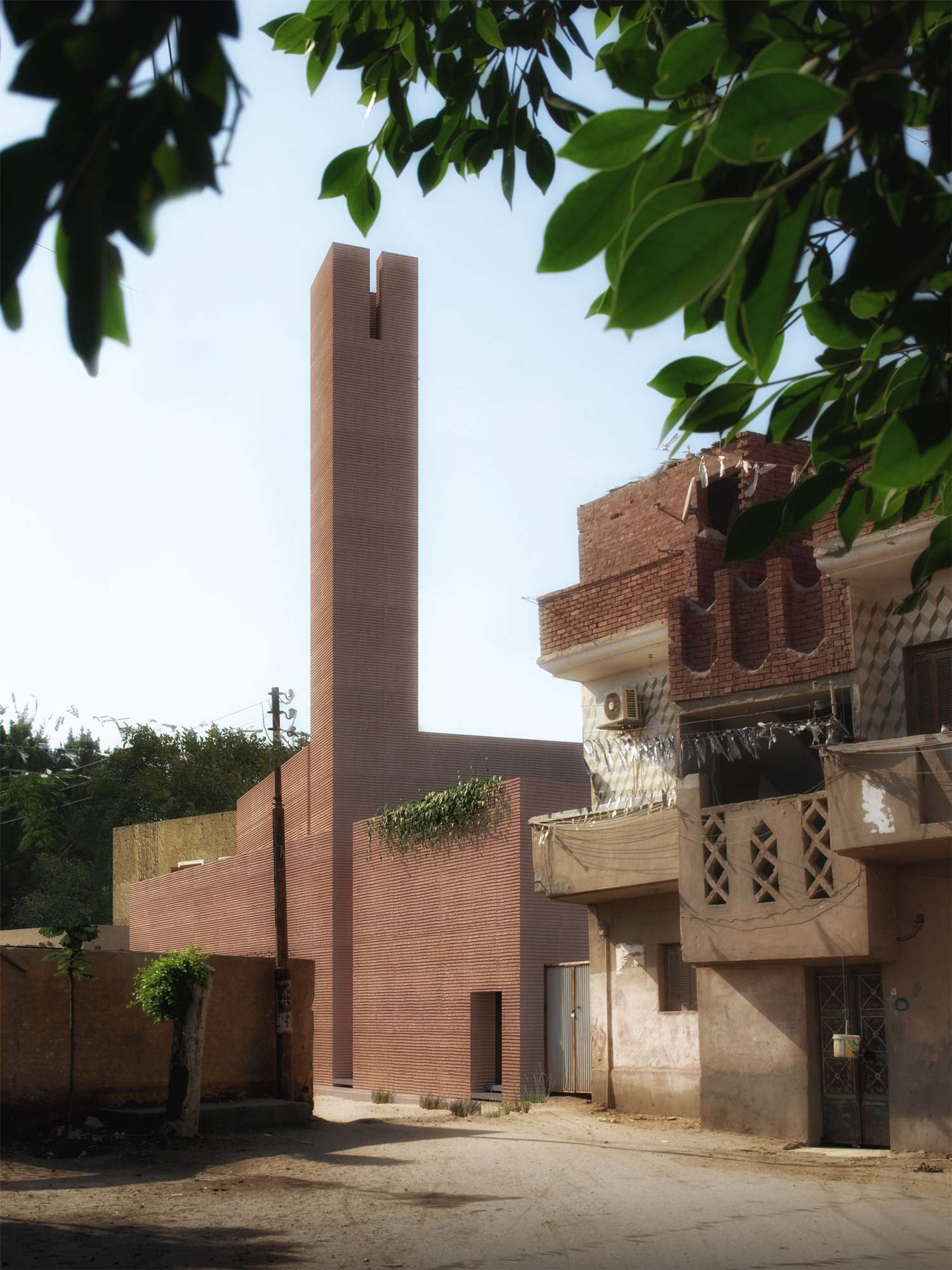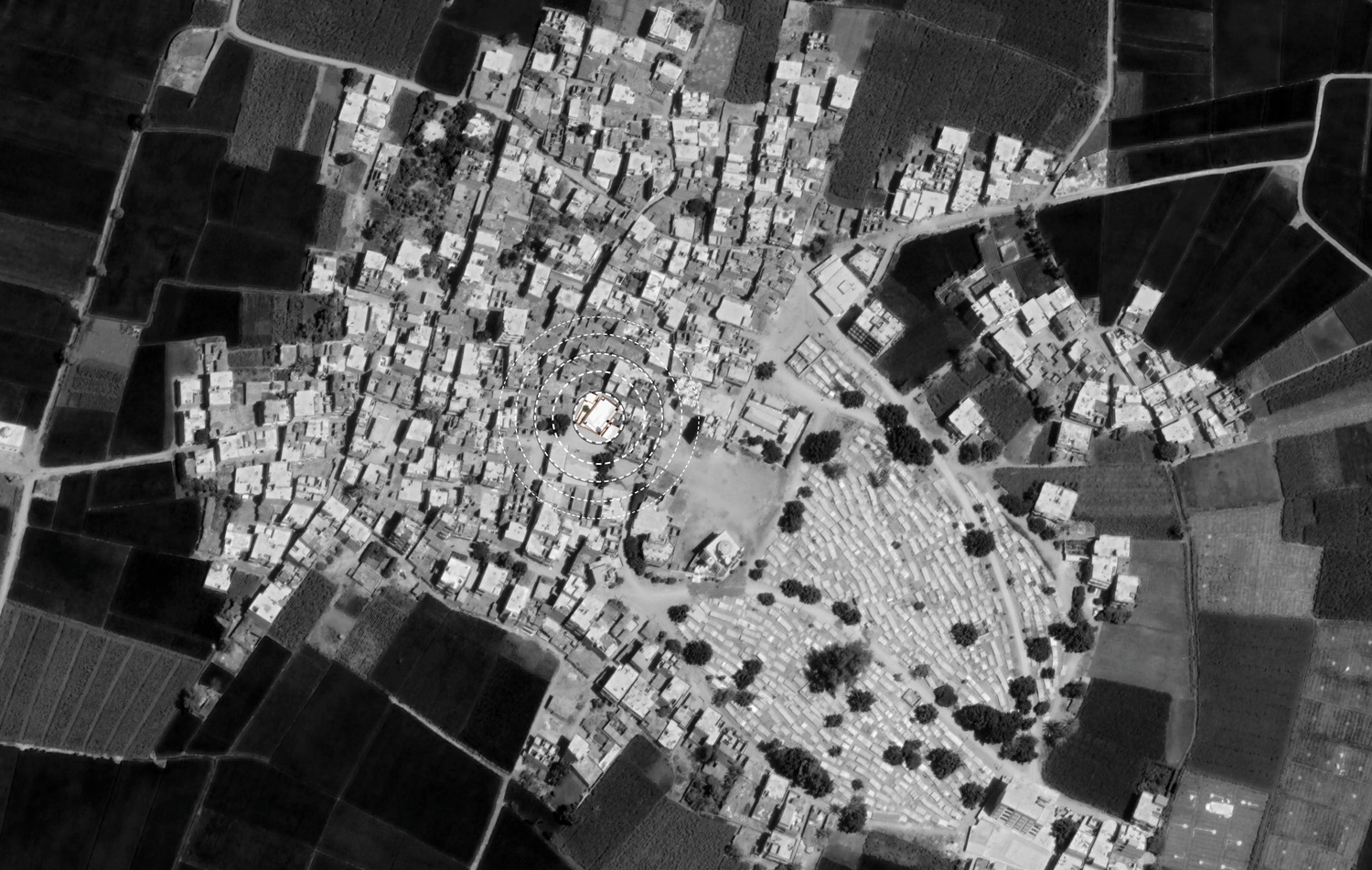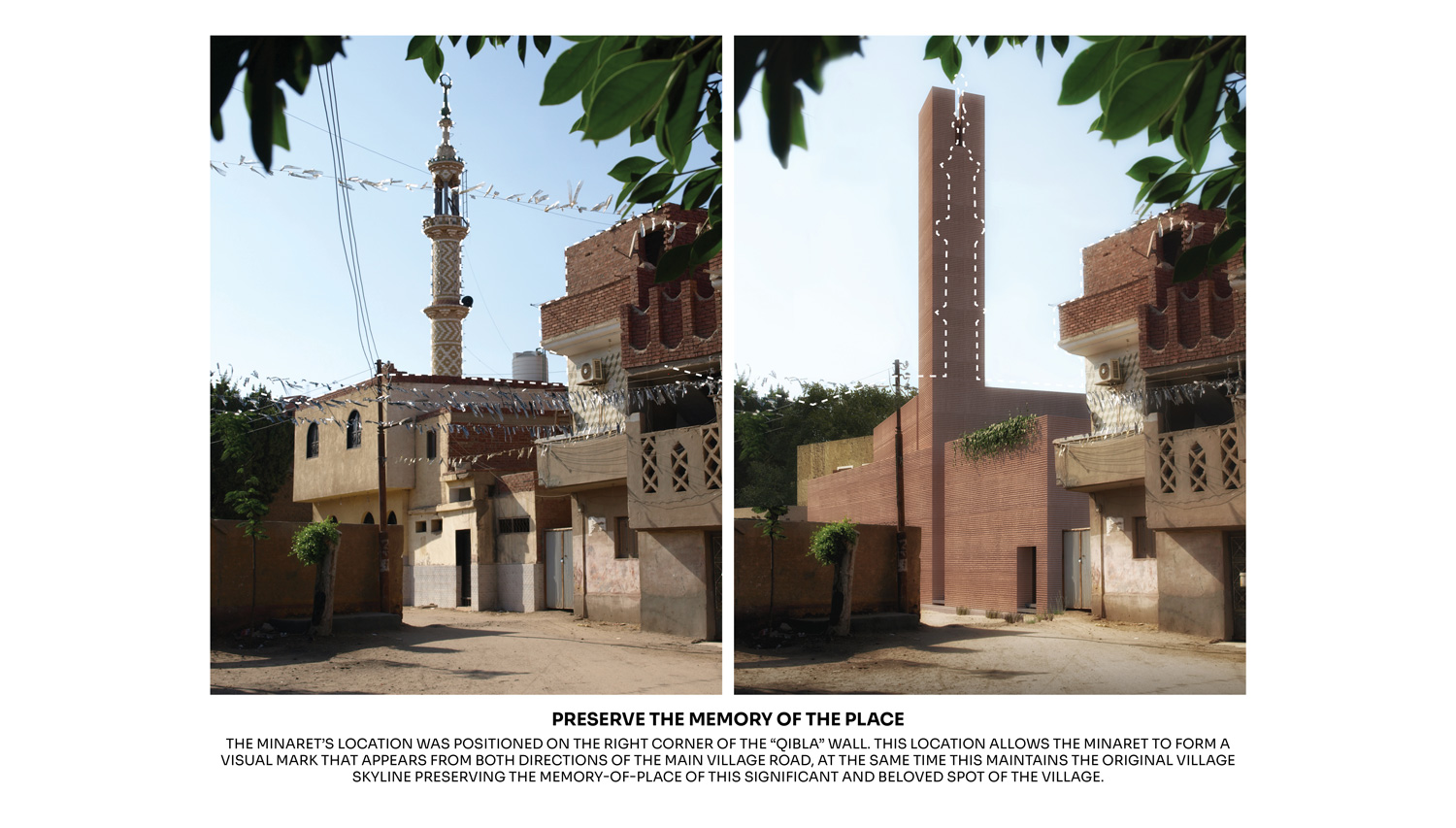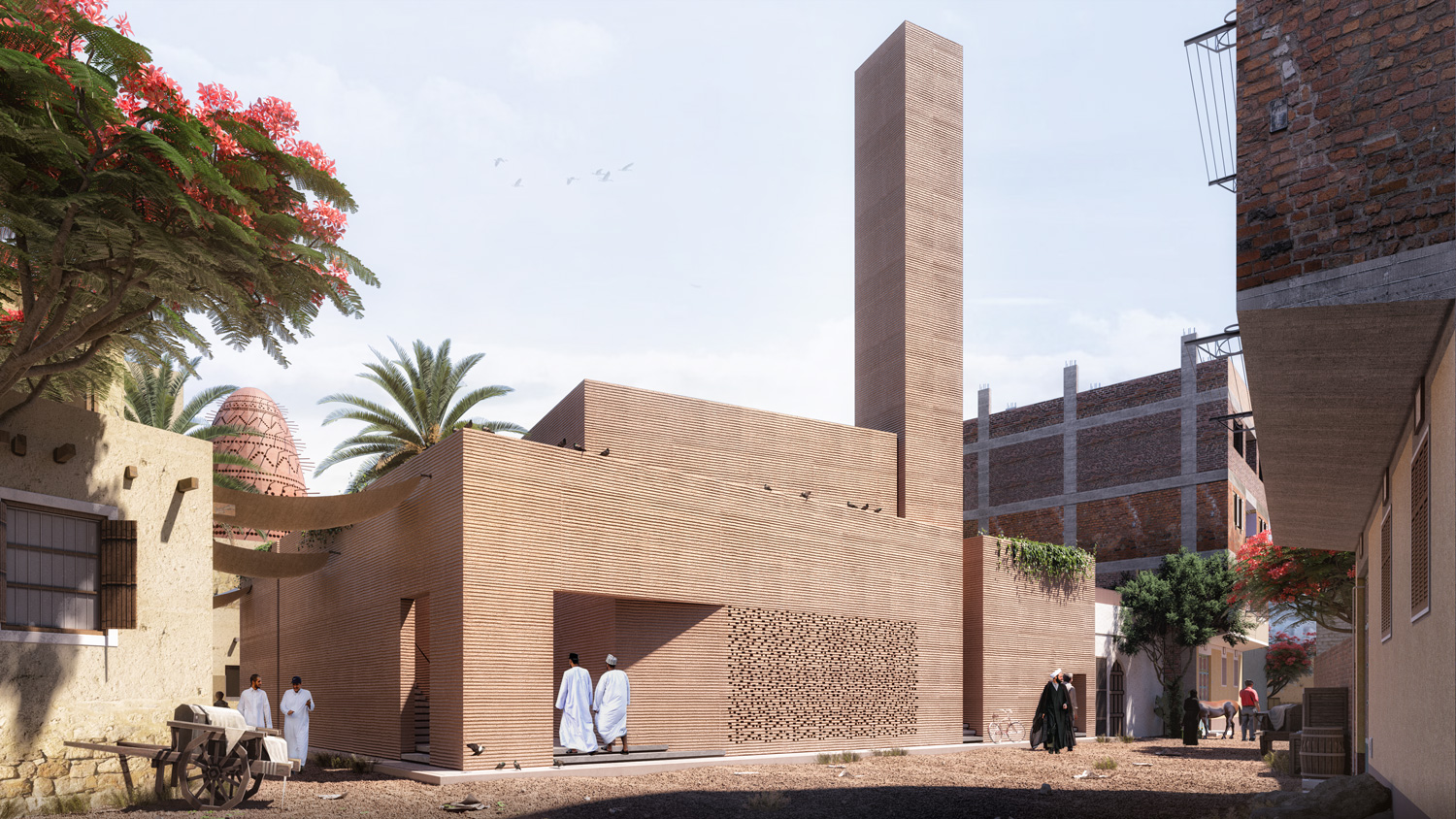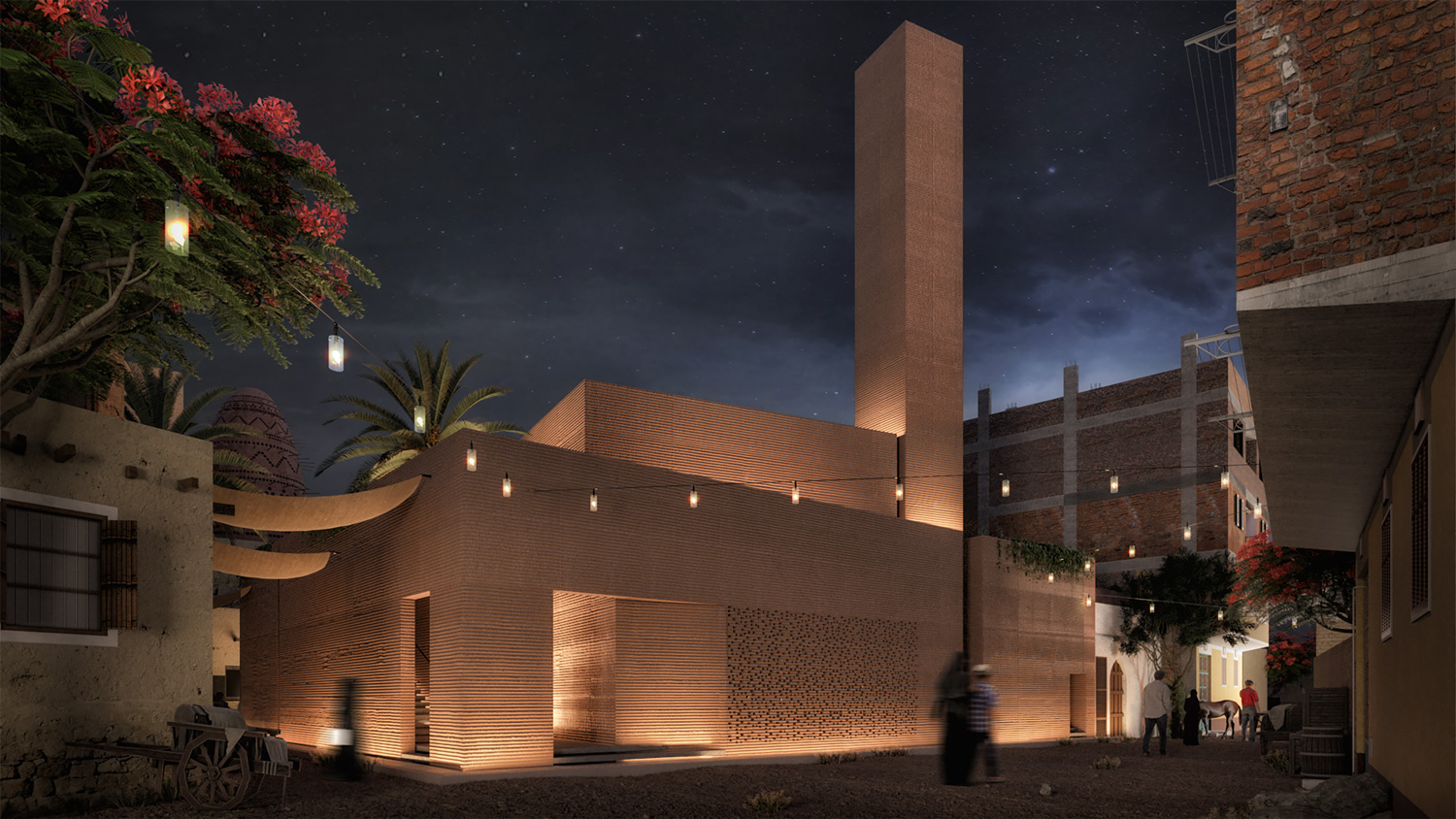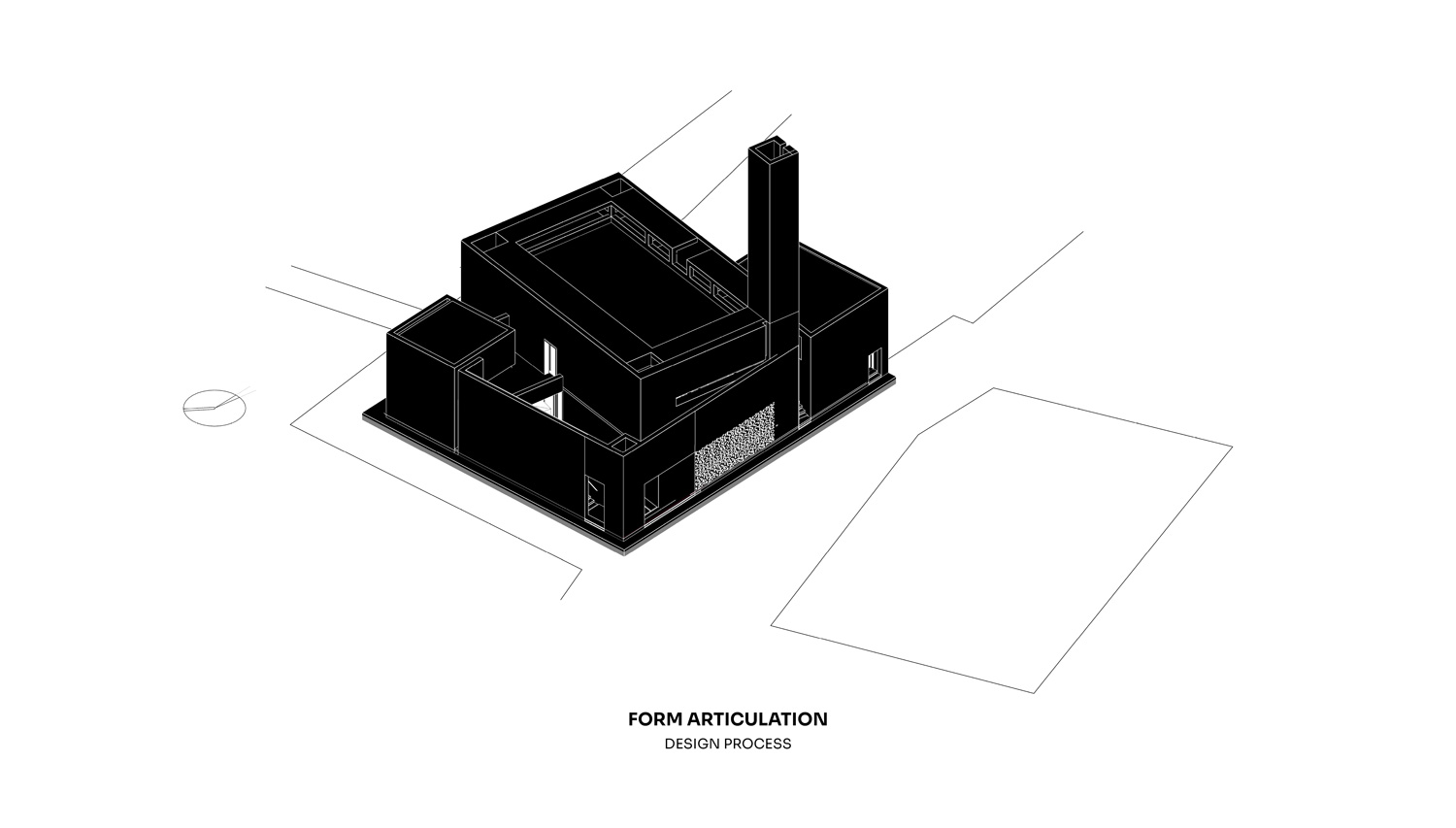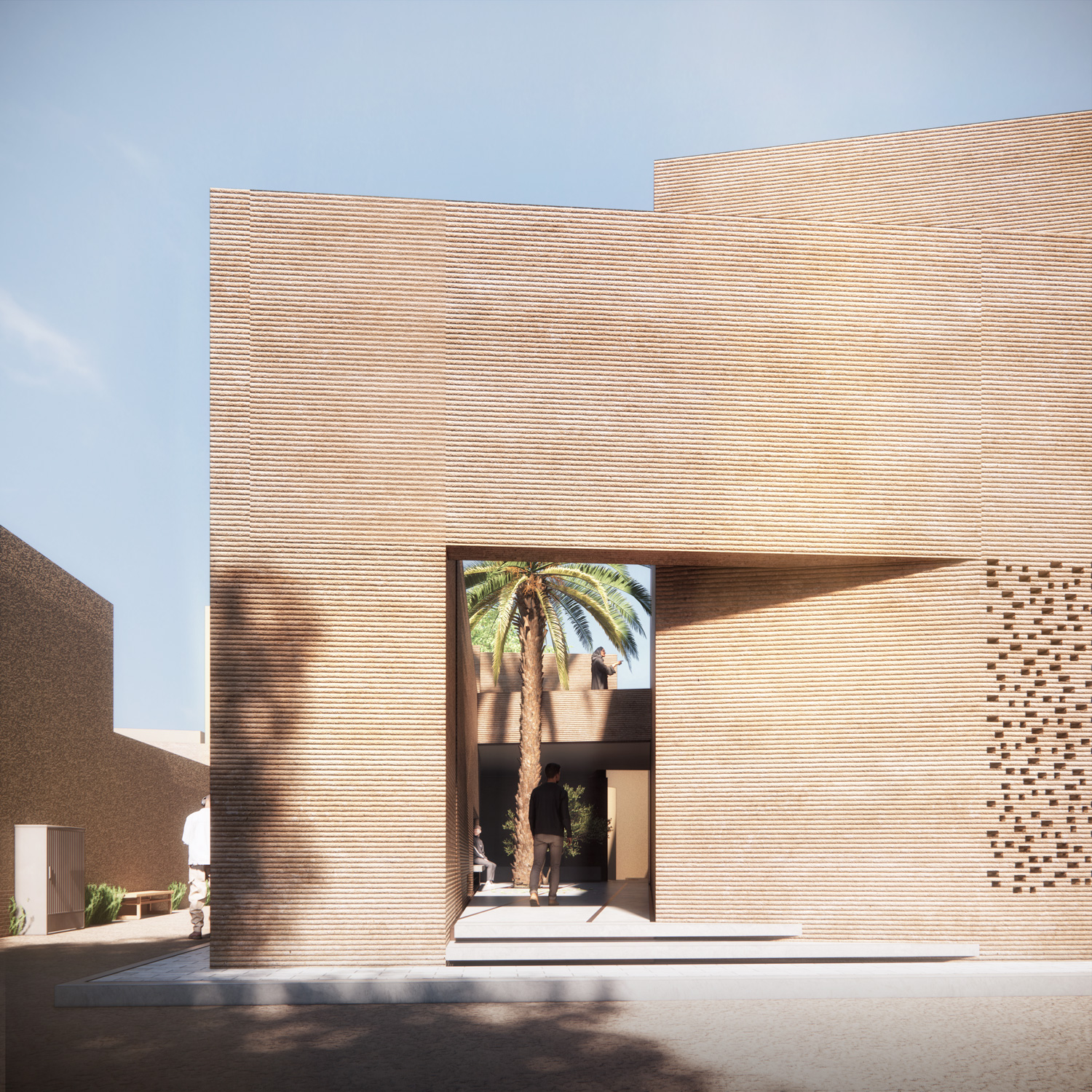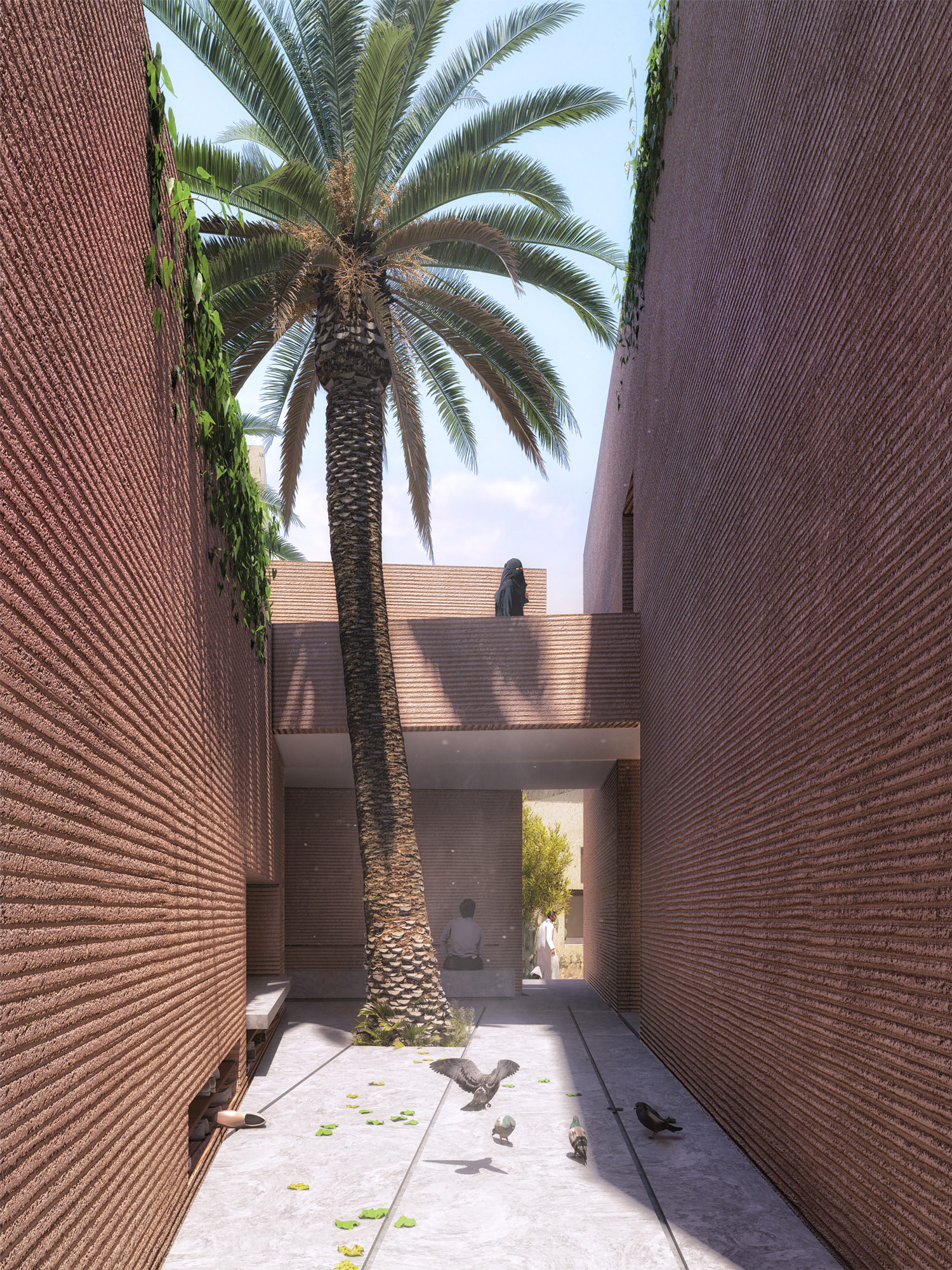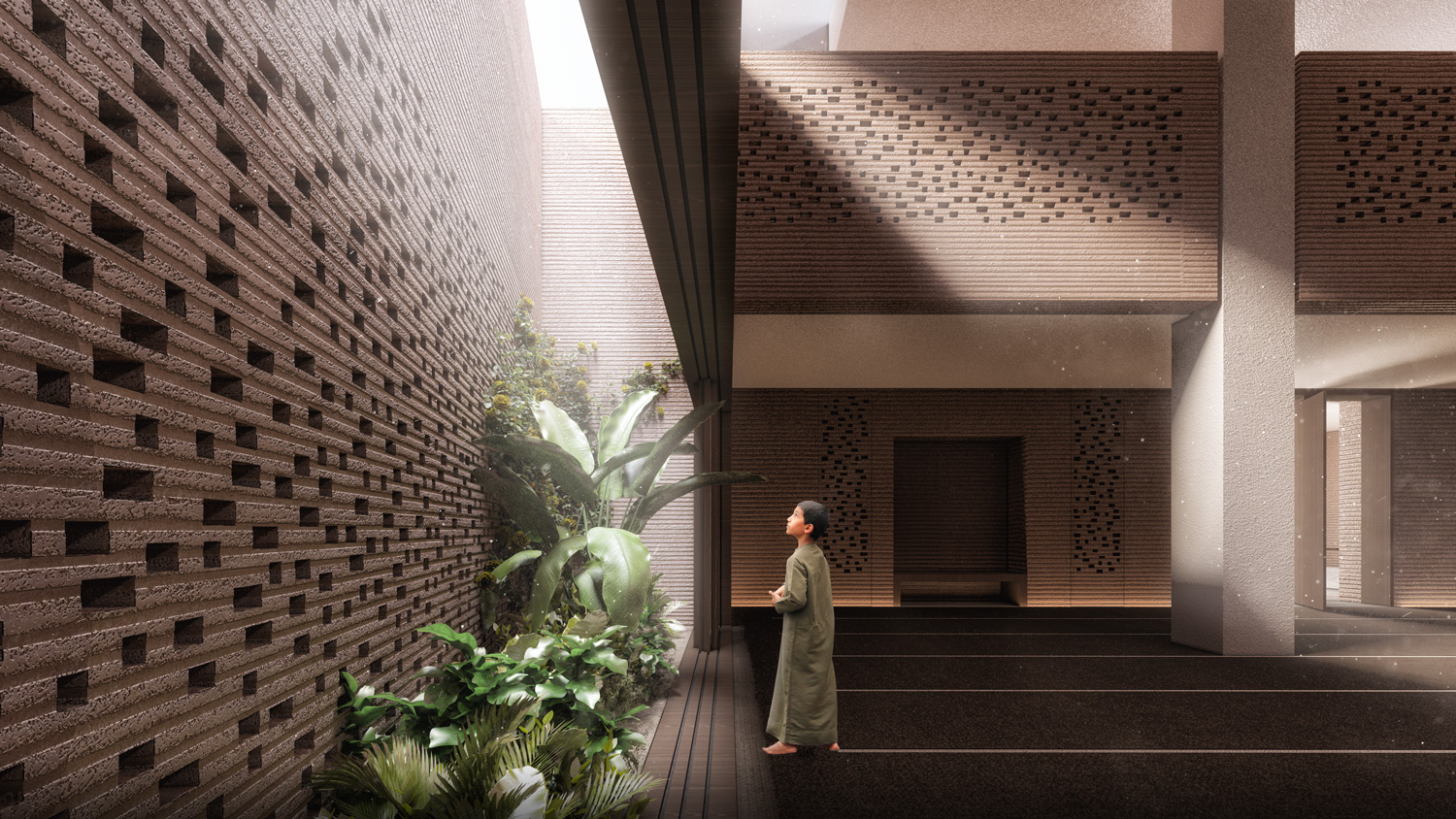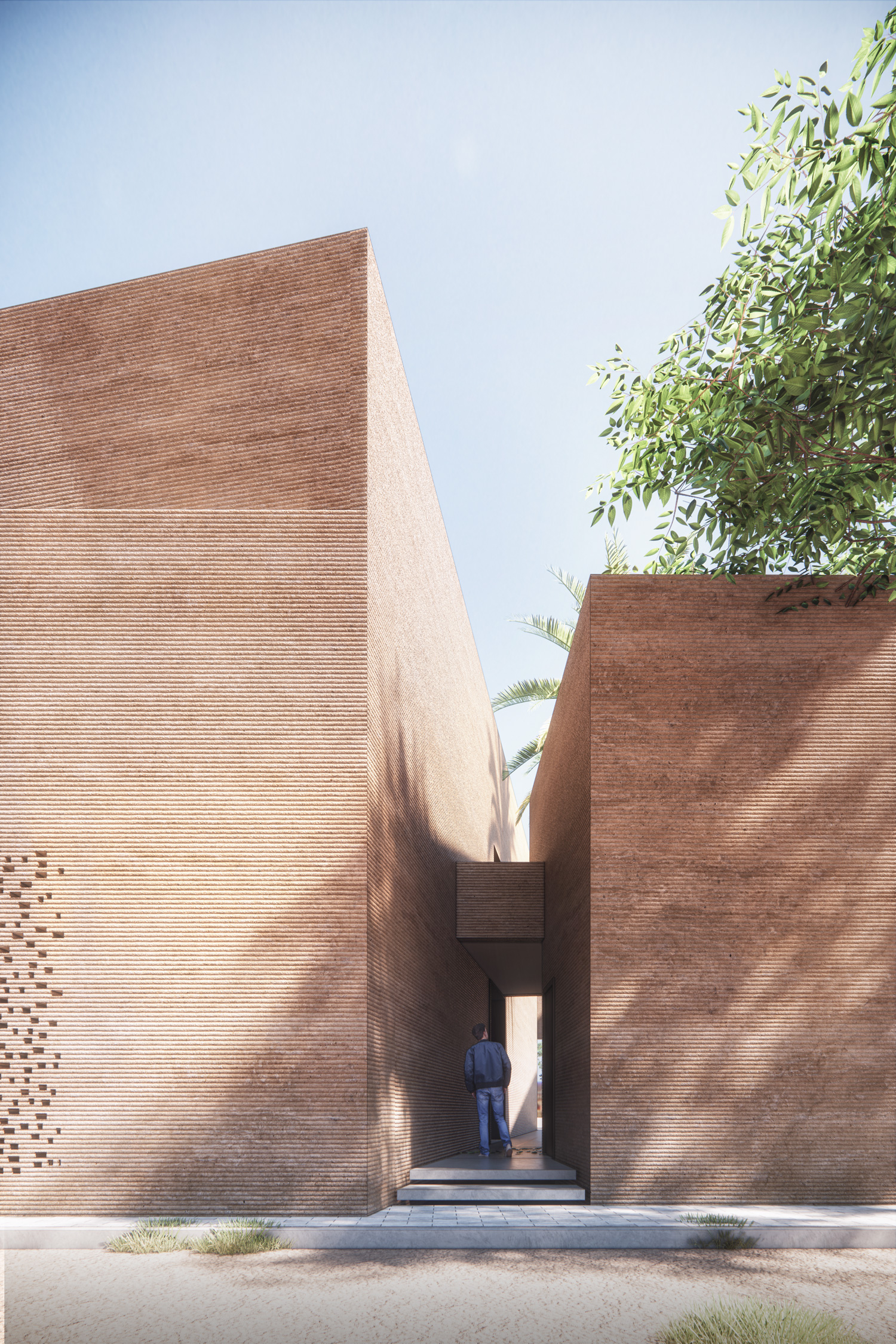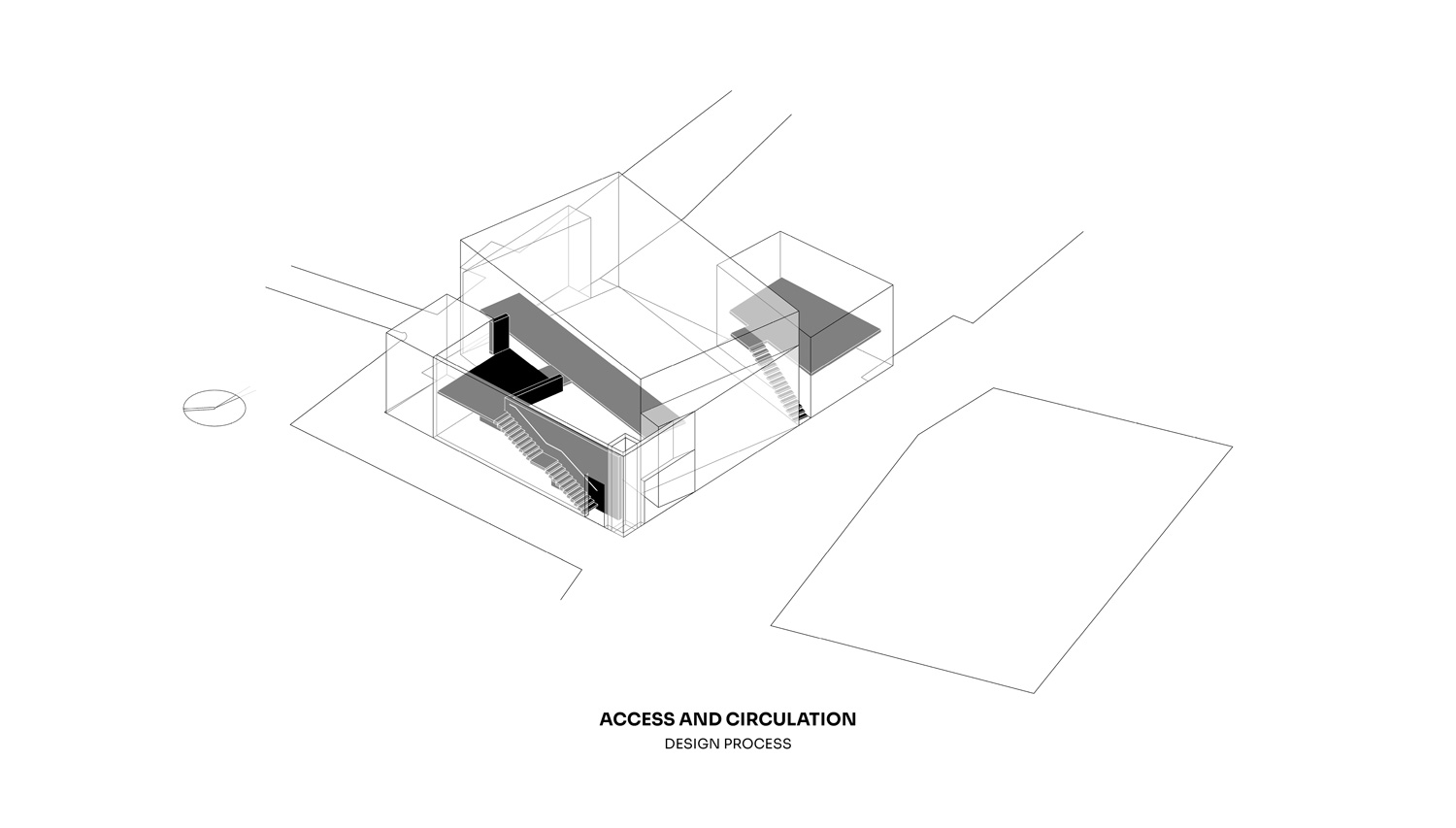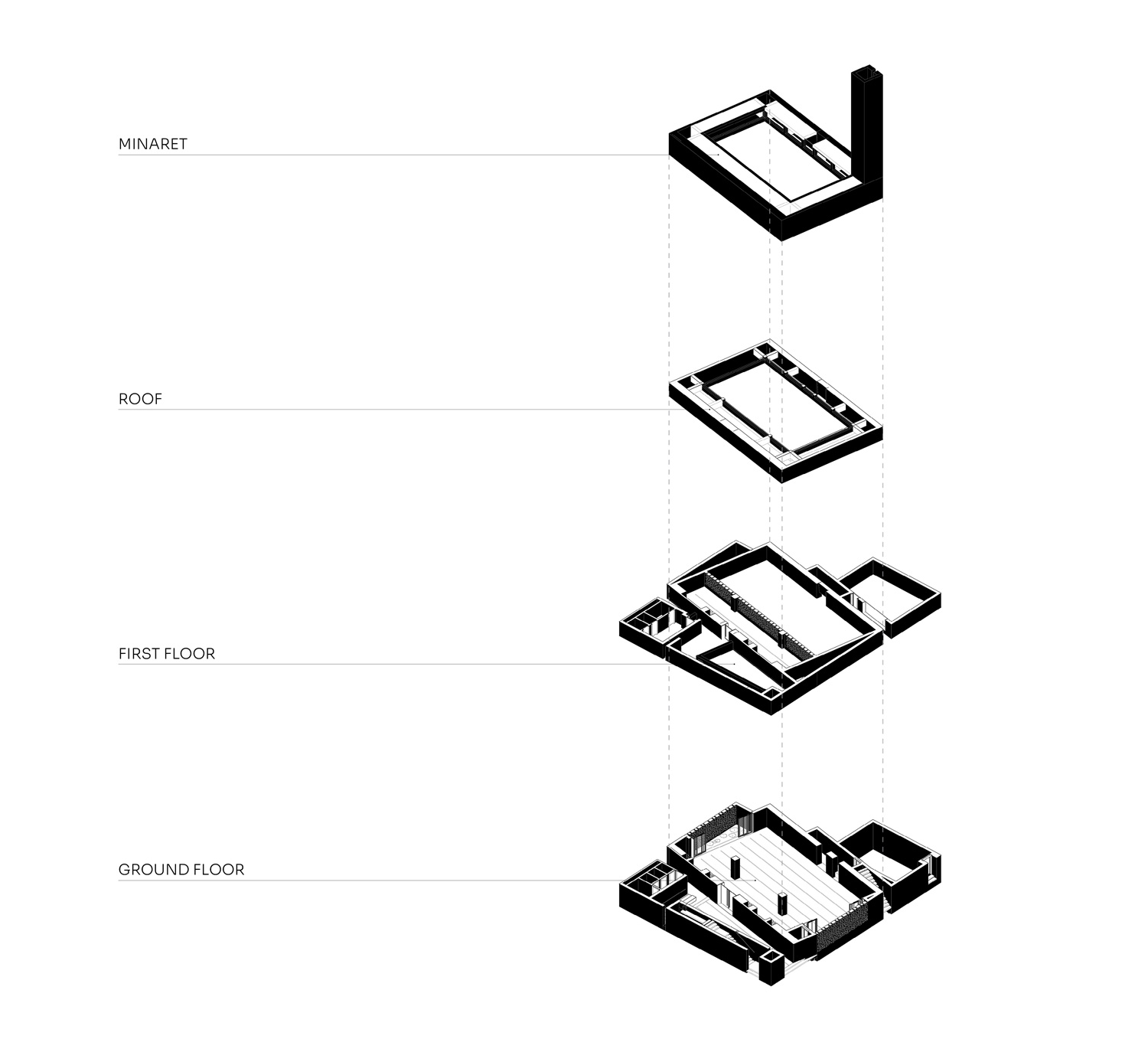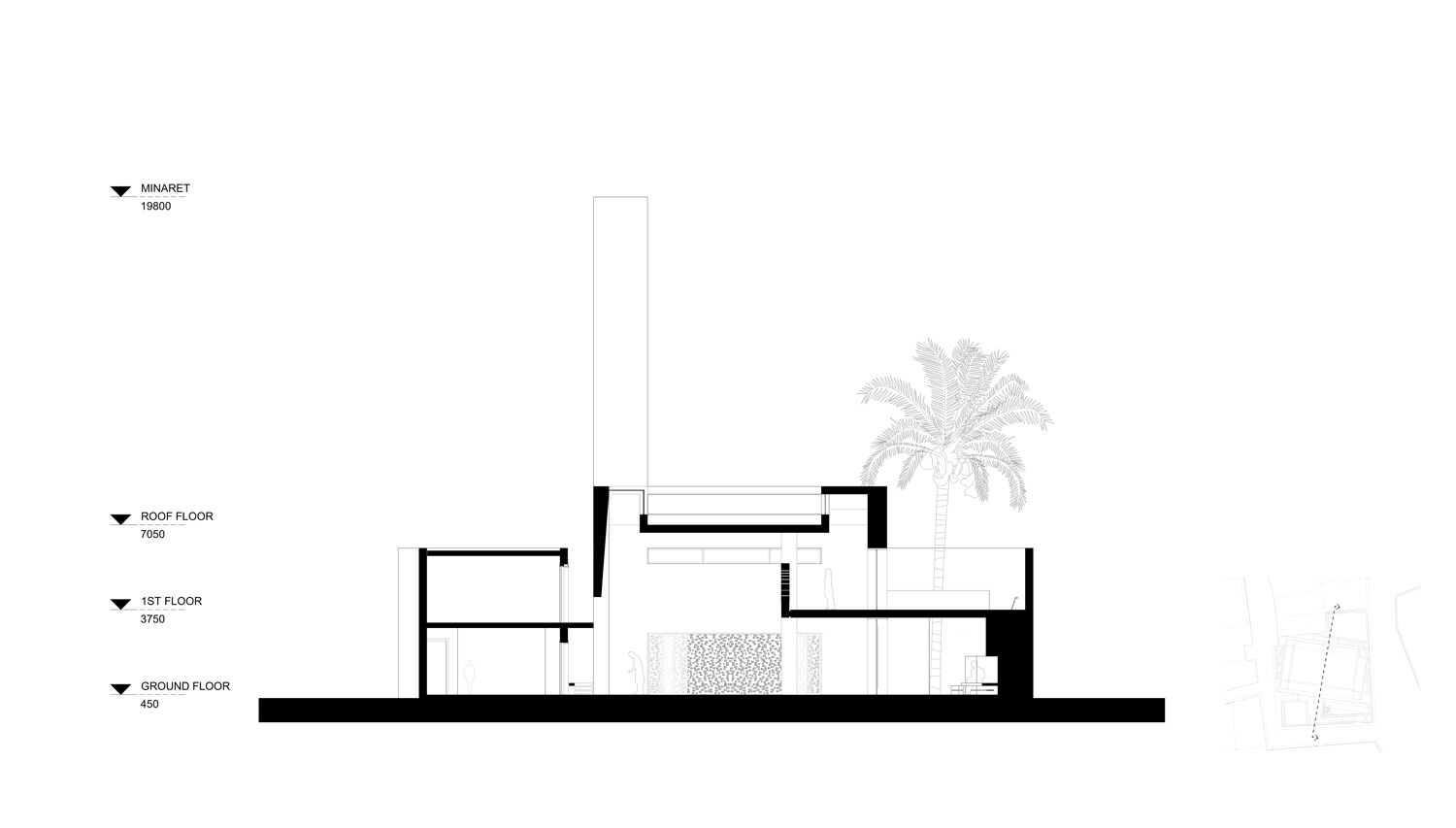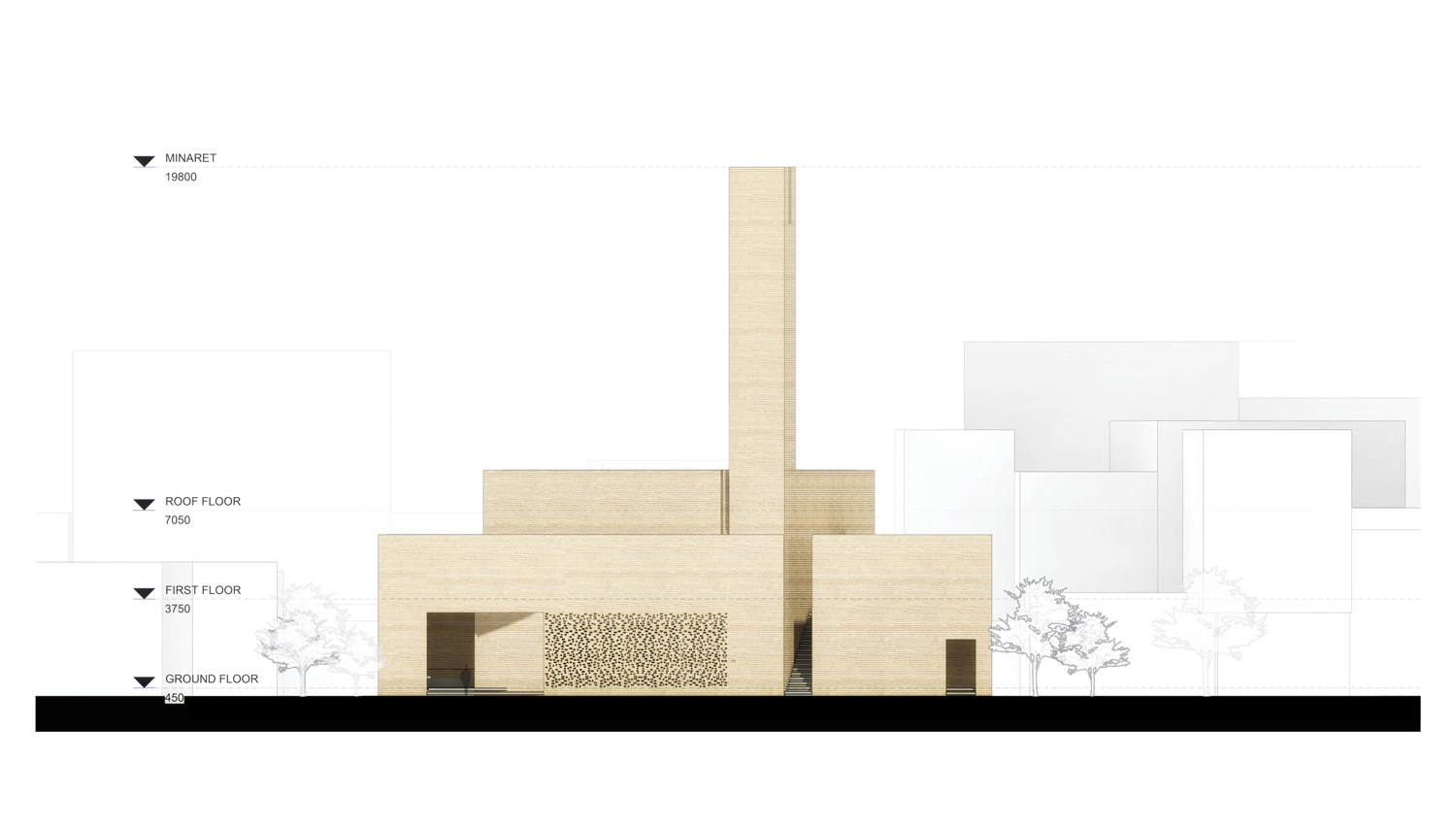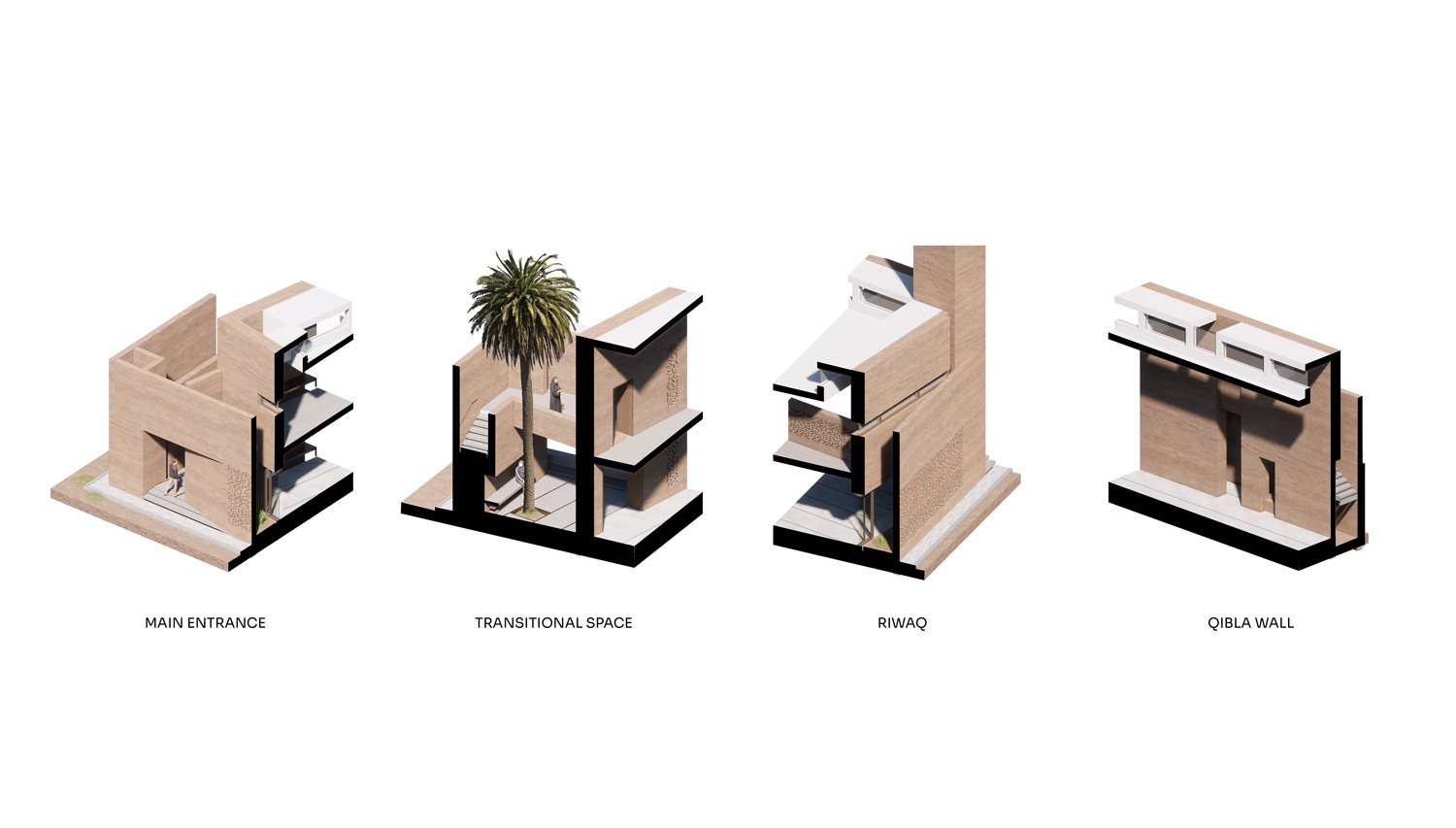1708-AMS-EG-2022
Client: Riyadh Village Community
Status: Project (2022) On going
Location: Riyadh Village, Egypt
Coordinates: 30.7108704, 31.7346559
Climate: Desert / arid, Hot
Material: Brick
Environment: Old town
Visualizer: Studio
Budget: 260.000 €
Scale: 400 ㎡ Small
Ratio: 650,00 €/㎡
Types: Mosque, Religious
What is a mosque? For a Muslim to pray, all he needs is a clean place and a direction toward the Kaaba. But the function of the mosque has a much more significant role, a space that reframes the spaces to encourage community use alongside its purpose as a sacred worship space. The Riyadh Mosque is in northeast Egypt near the town of Abu Kabir in the Sharqia Governorate.
For more than a hundred years, the Old Mosque of Riyadh occupied the plot serving the village’s community. The original mosque was demolished and rebuilt several times and witnessed several additions and extensions over the years. Today, the village has experienced an increase in population in the past fifty years. They are looking forward to expanding the mosque to benefit from increasing the plot of land they affectionately donated to be added to the mosque’s property.
Situated within the Nile Delta’s dense landscape, the new mosque is envisioned to be harmonious with its context. Standing as a physical embodiment of simplicity, spirituality, tranquility, and community, the concept of the mosque is designed to reimagine the role of the old mosque in the village. With a deep inspiration from the early mosque’s typology and the narratives of the village’s community, the mosque reframes the spaces to encourage community use alongside its purpose as a sacred worship space. The mosque is designed to accommodate seasonal increases in worshippers during Fridays and the holy month of Ramadan. The mosque serves additional activities besides the main prayer hall, such as a small library and a «Kuttab» for teaching the Quran.
A straightforward design process started by correcting the direction of the «qibla» wall, as the old one had a 10-degree difference from the correct inclination. This prescribed the four sides of the main prayer hall. The next step was to add an outer shell aligned with the main streets around the plot following the urban context. This outer shell wraps the prayer hall creating two ‘Riwaqs’ in between, one on each side. A series of gateways were introduced to attract people from all directions, for the main idea was to make the mosque work as an anchor for the village.
Following the main entrance to the prayer hall, a transitional space separates the large prayer hall from areas intended for ablution and footwear storage. This space forms a symbolic courtyard or ‘Sahn.’ A palm tree inside the ‘Sahn’ leads to the main doors of the prayer hall, where adjacent sitting benches suggest a friendly and tranquil place. From within the prayer hall, on either side, the two ‘Riwaqs’ are open to the sky. The ‘Riwaqs’ serve not only as courtyards that help circulate fresh air and gather daylight but also provide worshipers with a different place to read, reflect, and gather.
The mosque relies on vertical openings in the ceiling, which allow indirect lighting to enter through vertical glass panels that let the fresh northern breeze filter into the mosque and indirect glare-less sunlight to naturally illuminate the prayer hall. Finally, the minaret’s location was positioned on the right corner of the «qibla» wall. This location allows the minaret to form a visual mark that appears from both directions of the main village road; at the same time, this maintains the original village skyline preserving the memory-of-place of this significant and beloved spot of the village.
